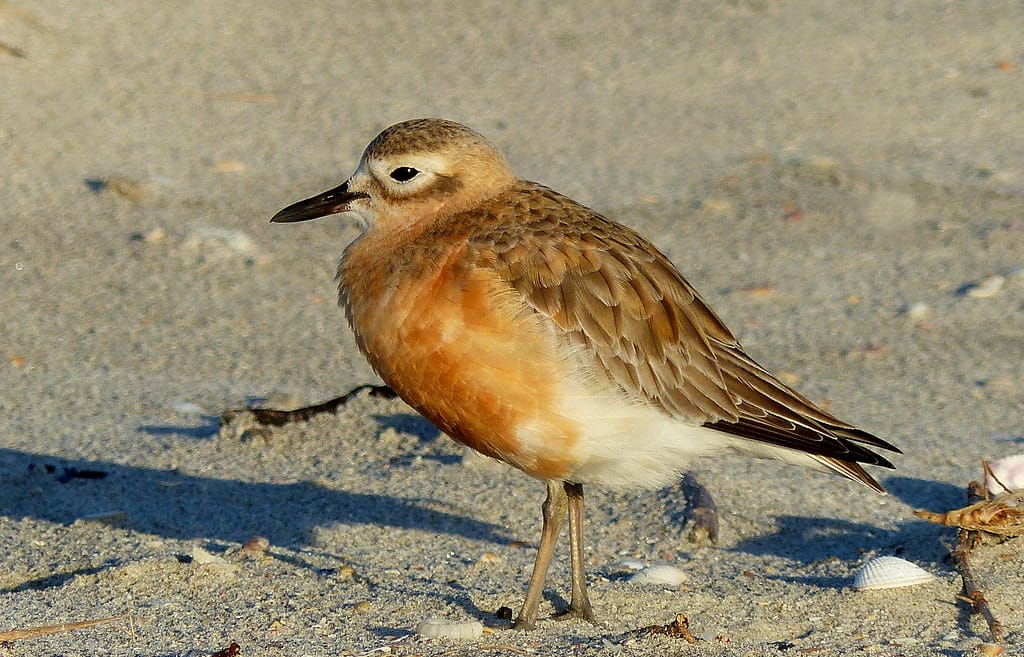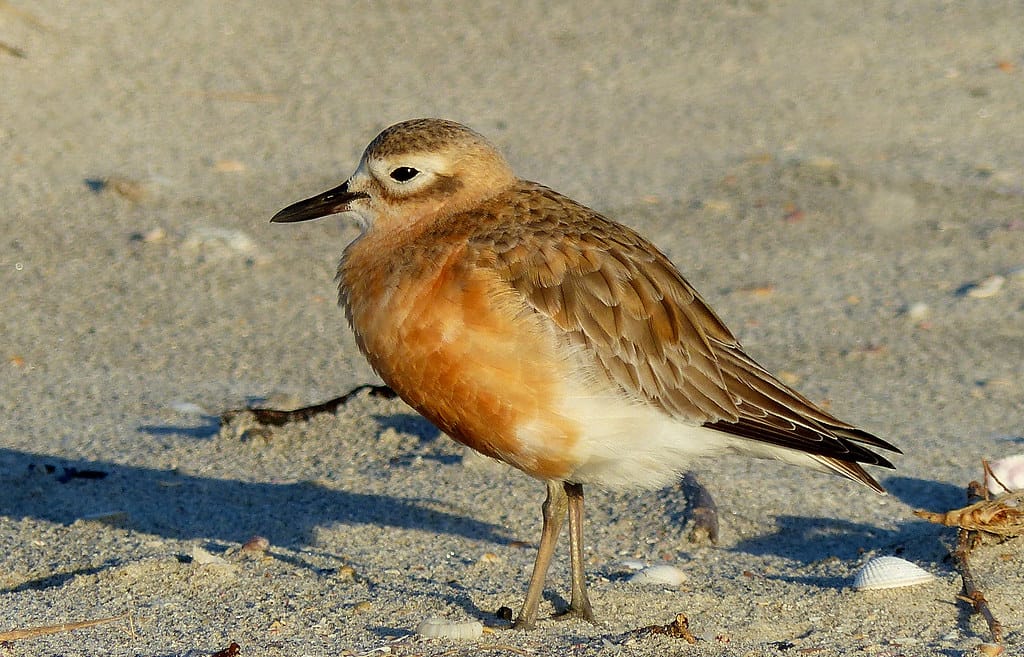Against All Odds: New Zealand's Epic Quest to Save a Snail with 1-in-40,000 Mating Chances
In a world where dating apps promise to find your perfect match among millions, imagine being a snail with just a 1-in-40,000 chance of finding love. That's the reality facing one of New Zealand's rarest native species, and conservationists are launching an extraordinary search mission that reads like a cross between a romantic comedy and a wildlife documentary.
The World's Loneliest Snail Species
The powelliphanta augusta, known locally as the amber snail, represents one of conservation's most heartbreaking challenges. These magnificent mollusks, some as large as a human fist, once thrived across New Zealand's South Island forests. Today, their population has dwindled to critically low numbers, scattered across fragmented habitats that make natural reproduction nearly impossible.
What makes this situation particularly poignant is the snail's unique biology. Unlike many species that can reproduce rapidly when conditions are right, powelliphanta augusta are slow-growing hermaphrodites that take up to seven years to reach sexual maturity. They live for decades, potentially up to 20 years, but their reproductive window is narrow and their mobility limited.
The Mathematics of Extinction
Dr. Sarah Wilson, lead researcher at New Zealand's Department of Conservation, explains the stark arithmetic: "When you have isolated populations scattered across hundreds of square kilometers, with each snail having a territory radius of just a few meters, the probability of two reproductively mature individuals finding each other becomes astronomically low."
Recent population surveys suggest fewer than 200 individual amber snails remain in the wild. With their habitat fragmented by deforestation, mining, and climate change, many spend their entire lives without ever encountering another of their species. It's a phenomenon scientists call "reproductive isolation" – being surrounded by suitable habitat but unable to access potential mates.
New Zealand's Unprecedented Search Operation
Recognizing that time is running out, New Zealand's conservation authorities have launched "Operation Shell Seek" – a comprehensive search and rescue mission spanning 15,000 hectares of South Island forest. The operation employs cutting-edge technology alongside traditional field methods.
Teams equipped with thermal imaging cameras search the forest floor during the snails' most active periods – cool, damp nights when they emerge to feed on earthworms and other invertebrates. Each discovered snail is GPS-tagged, genetically sampled, and carefully relocated to maximize breeding opportunities.
"We're essentially running a matchmaking service for mollusks," jokes field researcher Mark Thompson, whose team has found 23 individuals over the past six months. "But unlike human dating, we can't rely on personality compatibility – we need to focus on genetic diversity and physical proximity."
The Captive Breeding Backup Plan
Parallel to the field search, researchers are developing New Zealand's first powelliphanta augusta captive breeding program. The facility, designed to replicate the snails' natural forest floor environment, maintains optimal humidity, temperature, and soil conditions.
Early results show promise. Two pairs have successfully mated in captivity, producing egg clutches that could yield up to 10 offspring each – a significant boost for a species where every individual counts. However, conservationists stress that captive breeding is a backup strategy, not a long-term solution.
Racing Against Time and Climate
Climate change adds urgency to the rescue efforts. Rising temperatures and changing precipitation patterns threaten the cool, moist conditions these snails require. Areas that currently support populations may become unsuitable within decades.
The search operation has a three-year timeline to locate and consolidate remaining populations into protected reserves where habitat can be actively managed. Success will be measured not just in numbers found, but in successful breeding pairs established and offspring produced.
Conservation Hope in Small Packages
The amber snail's plight reflects broader challenges facing New Zealand's endemic species, but it also demonstrates the power of dedicated conservation action. Similar intensive management programs have brought other native species back from the brink, including the takahē bird and the black robin.
While 1-in-40,000 odds would discourage any human romantic, they represent hope for a species that has survived millions of years of evolutionary challenges. With human intervention bridging the gap that habitat fragmentation has created, these remarkable snails might just beat the odds.
In a world often focused on charismatic megafauna, New Zealand's commitment to saving its loneliest snails reminds us that conservation success is measured not by size or popularity, but by the irreplaceable uniqueness of every species.

